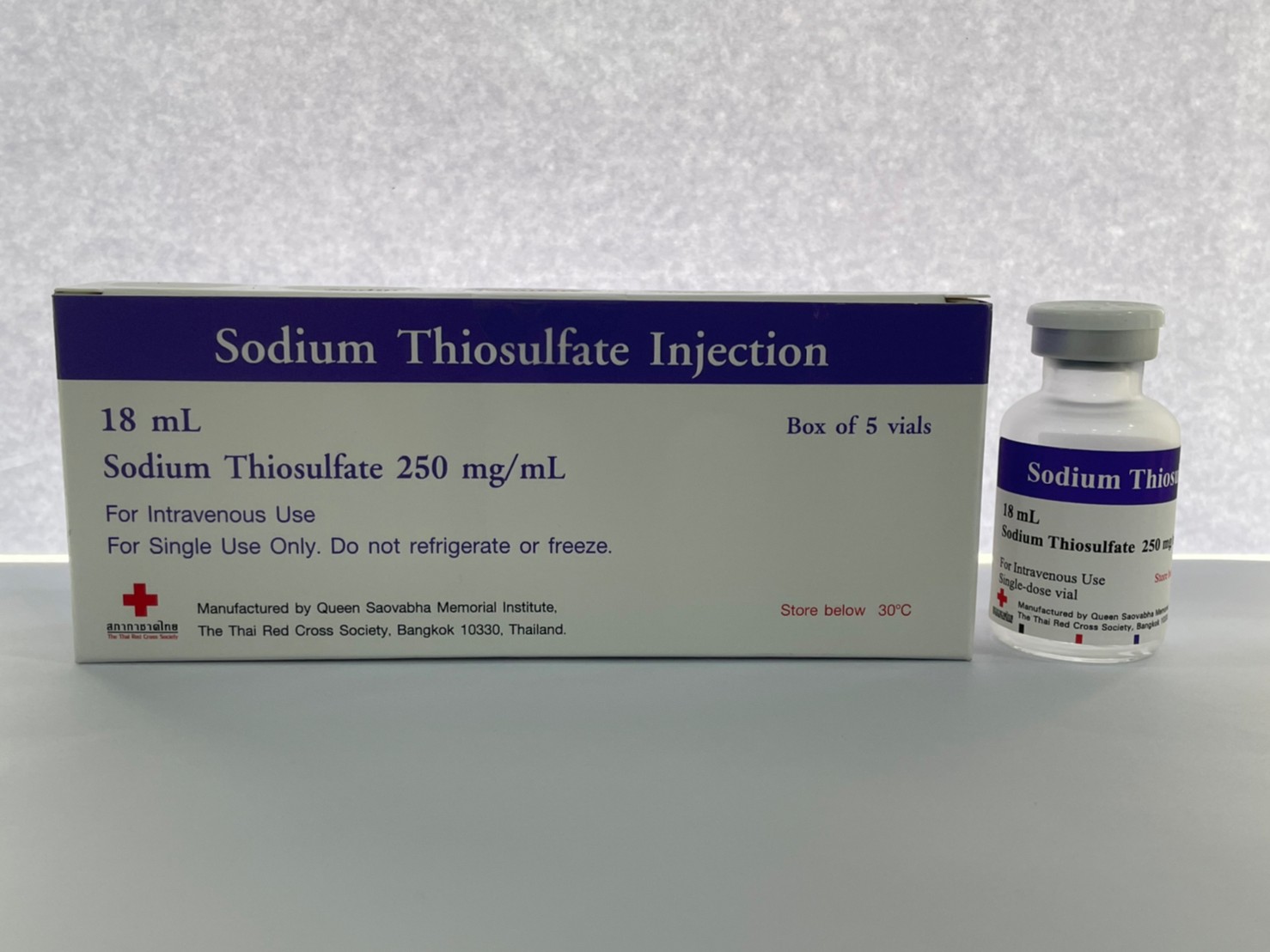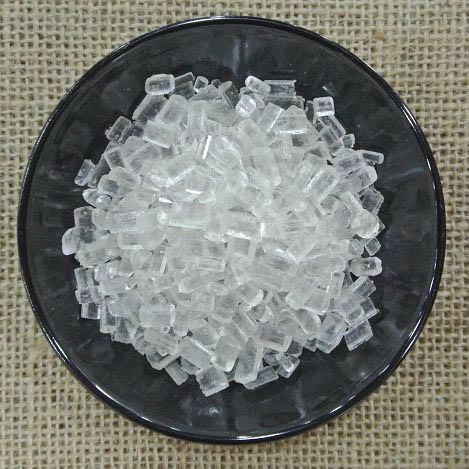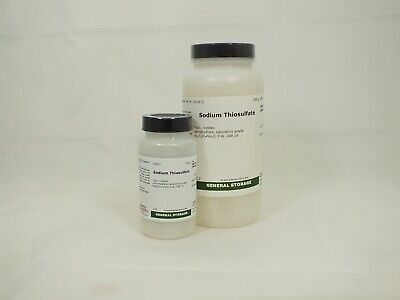Description
Sodium Thiosulfate: A Versatile Chemical with Applications Across Industries
Sodium thiosulfate, a crystalline, odorless compound with the chemical formula Na₂S₂O₃, is a remarkably versatile chemical with widespread applications across diverse industries. Commonly known as “hypo,” this inorganic salt boasts a unique combination of properties that make it indispensable in everything from photography to medicine.
Understanding its Chemistry:
Sodium thiosulfate is a reducing agent, meaning it readily donates electrons to other substances. This inherent ability to reduce other compounds is at the heart of many of its applications. It’s typically available as a pentahydrate (Na₂S₂O₃·5H₂O), meaning each sodium thiosulfate molecule is associated with five water molecules. This hydrated form is more stable and easier to handle than the anhydrous form.
A Legacy in Photography:
Historically, sodium thiosulfate’s most recognizable role has been in photography. After photographic film is developed, unexposed silver halide crystals remain on the surface. These crystals are sensitive to light and would darken the image over time, rendering it useless. Sodium thiosulfate acts as a “fixer,” dissolving these remaining silver halide crystals and preventing further darkening. This action permanently stabilizes the image, preserving it for years to come. While digital photography has become increasingly prevalent, sodium thiosulfate remains vital in traditional film processing.
Medical Applications: Detoxifying and Protecting
Beyond photography, sodium thiosulfate plays a crucial role in medicine. Its detoxifying properties are leveraged to treat cyanide poisoning. It works by converting the highly toxic cyanide into a less harmful thiocyanate, which the body can then excrete.
Furthermore, it’s used to protect kidney function during certain chemotherapy treatments, particularly those involving cisplatin. Cisplatin can cause kidney damage, and sodium thiosulfate helps mitigate this side effect by neutralizing reactive platinum species.
Recent research is also exploring its potential in treating calciphylaxis, a rare and often fatal condition characterized by calcium deposits in small blood vessels of the skin and fatty tissue.
Industrial Applications: Beyond the Obvious
Sodium thiosulfate’s utility extends far beyond photography and medicine, finding applications in various industrial processes:
- Water Treatment: It’s used to neutralize chlorine in tap water, making it safe for aquariums and other applications where chlorine is harmful.
- Bleaching Agent: It can act as an anti-chlor, removing excess chlorine after bleaching processes in the paper and textile industries.
- Gold Extraction: In some gold mining operations, it serves as an alternative leaching agent to cyanide, although its use is less common due to slower reaction rates.
- Analytical Chemistry: It’s used in titrations to determine the concentration of certain oxidizing agents, such as iodine.
Handling and Safety Considerations:
Sodium thiosulfate is generally considered safe, but like any chemical, it should be handled with care. Direct contact with skin can cause mild irritation. Inhalation of dust can also cause respiratory irritation. It’s important to wear appropriate protective gear, such as gloves and a dust mask, when handling the chemical in powder form.
The Future of Sodium Thiosulfate:
While sodium thiosulfate has a long and established history, ongoing research continues to uncover new applications for this versatile chemical. Its continued use in traditional industries, coupled with its potential in emerging fields like calciphylaxis treatment, ensures that sodium thiosulfate will remain an important chemical compound for years to come.
In conclusion, sodium thiosulfate’s unique chemical properties and wide range of applications have made it an indispensable tool in various industries. From preserving cherished photographic memories to detoxifying life-threatening poisons, this seemingly simple compound plays a vital role in our world. Its continued relevance highlights the importance of understanding and harnessing the power of chemistry to improve our lives.











Reviews
There are no reviews yet.